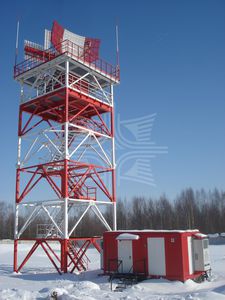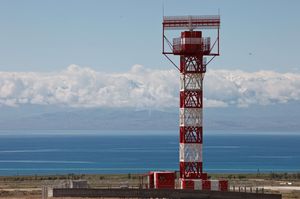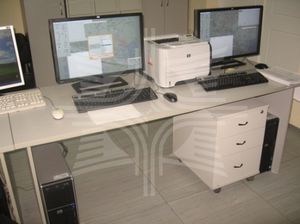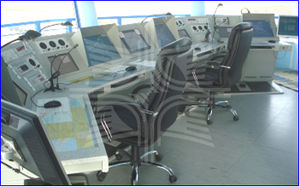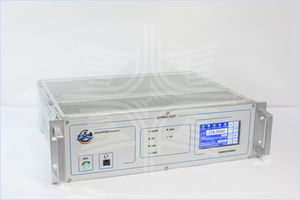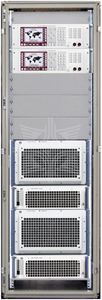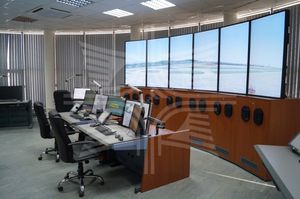
- Runways, Taxiways - Ground Support
- Air traffic control
- Radio transceiver
- Almaz-Antey Corporation
- Products
- Catalogs
- News & Trends
- Exhibitions
Radio transceiver 4200 series VHFfor air traffic management


Add to favorites
Compare this product
Characteristics
- Other characteristics
- radio transceiver
- Network
- VHF
- Domain
- for air traffic management
Description
Radio equipment of the 4200 series is implemented on the principles of "digital programmable radio" (SDR). All 4200 radios are multi-channel, but can be programmed into single-channel mode to increase reliability.
Radio equipment of the 4200 series is designed for receiving and transmitting voice messages with amplitude modulation, for operation in the mode of data transmission ACARS and VDL2 in the frequency range from 118 to 137 MHz.
The radio equipment of the 4200 series includes the following VHF radio transmitters: XU4200 transceiver, SU4200 radio transmitter, EU4200C radio receiver.
The radio equipment of the 4200 series has a number of functionalities both for the installation of individual facilities at facilities with a high level of equipping with radio electronic equipment, and for the creation of automated, unattended, high-level transceiver radio centers:
separate and independent modules of the receiver and transmitter;
advanced control module for future signals;
software update via USB port;
two criteria of threshold noise cancellation are realized in receivers;
support for VoIP technology;
a deep level of radio facility self-diagnostics;
simple remote monitoring and remote control via IP connection;
reliable protection against operator errors;
sending warning messages in case of unauthorized access.
1. Main Features
Frequency range, MHz
from 118 to 136.975 MHz
Frequency grid, kHz
25; 8,33
Accuracy of frequency setting, Hz
± 1.0 x10-6 (at a temperature of -20 to + 55 ° C)
Modes of modulation:
АМ (А3Е), АМ-MSK(A2D), D8PSK (G1D)
Other Almaz-Antey Corporation products
Main civil product range
*Prices are pre-tax. They exclude delivery charges and customs duties and do not include additional charges for installation or activation options. Prices are indicative only and may vary by country, with changes to the cost of raw materials and exchange rates.


